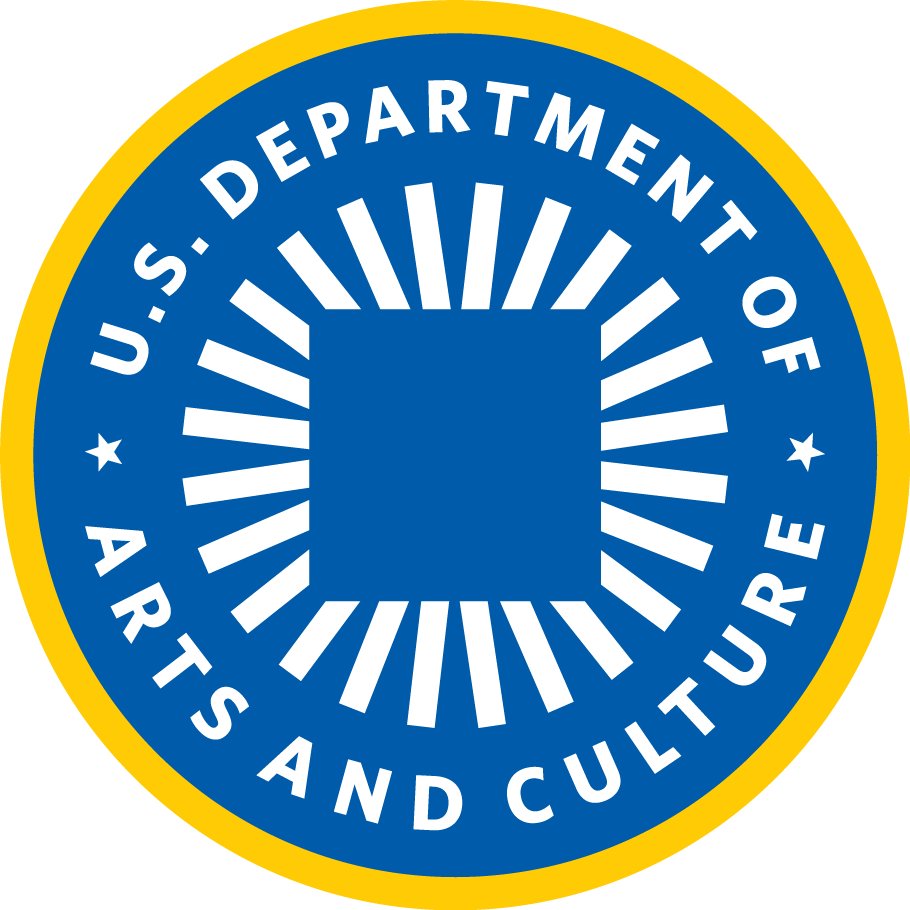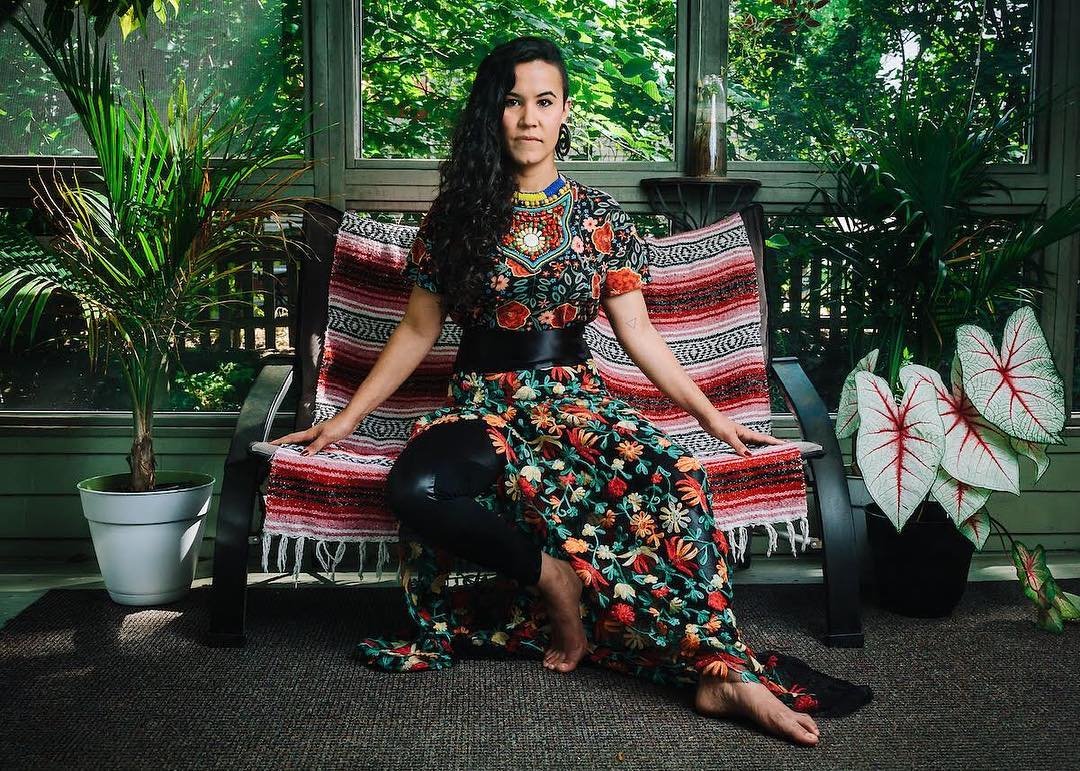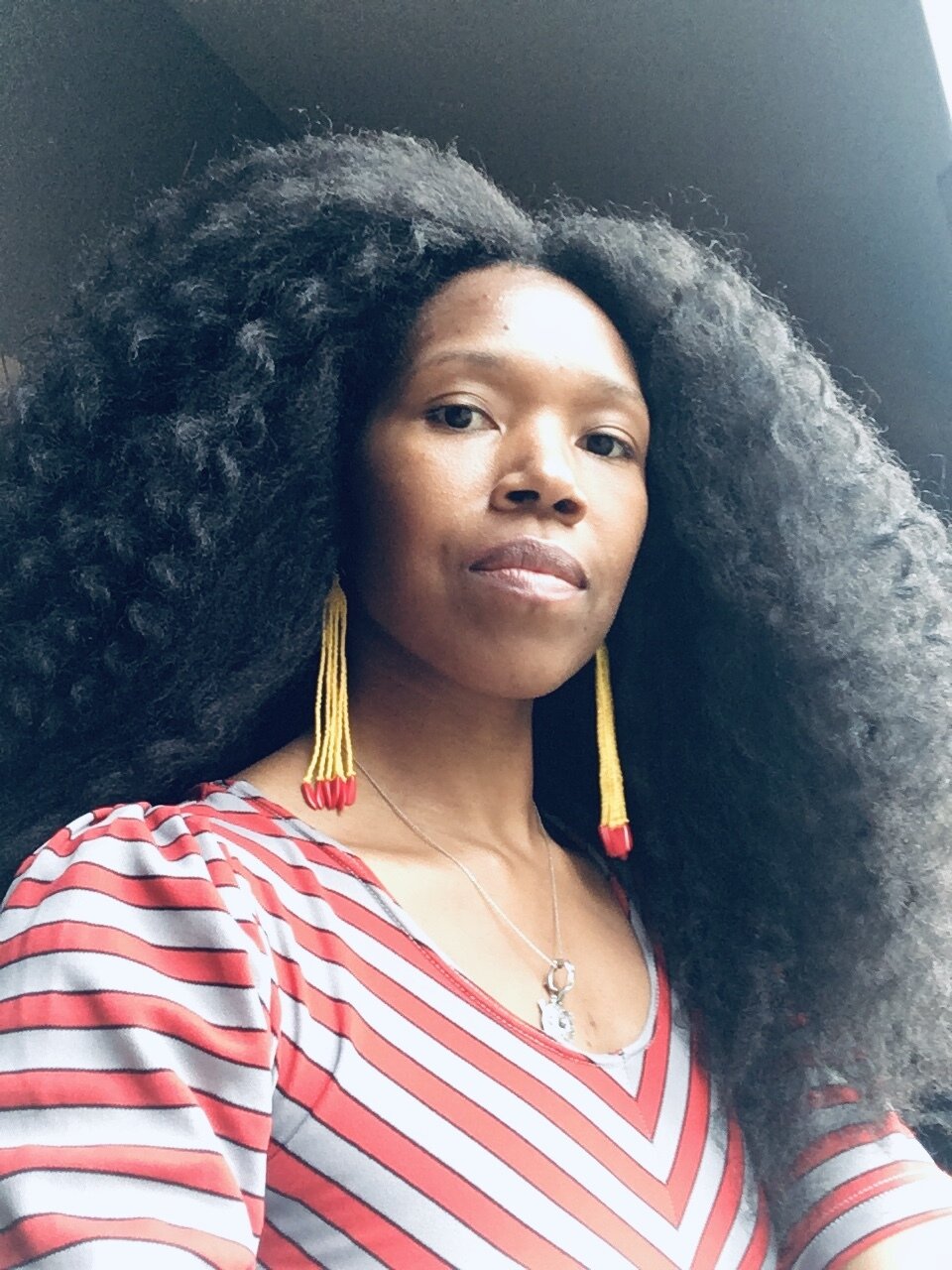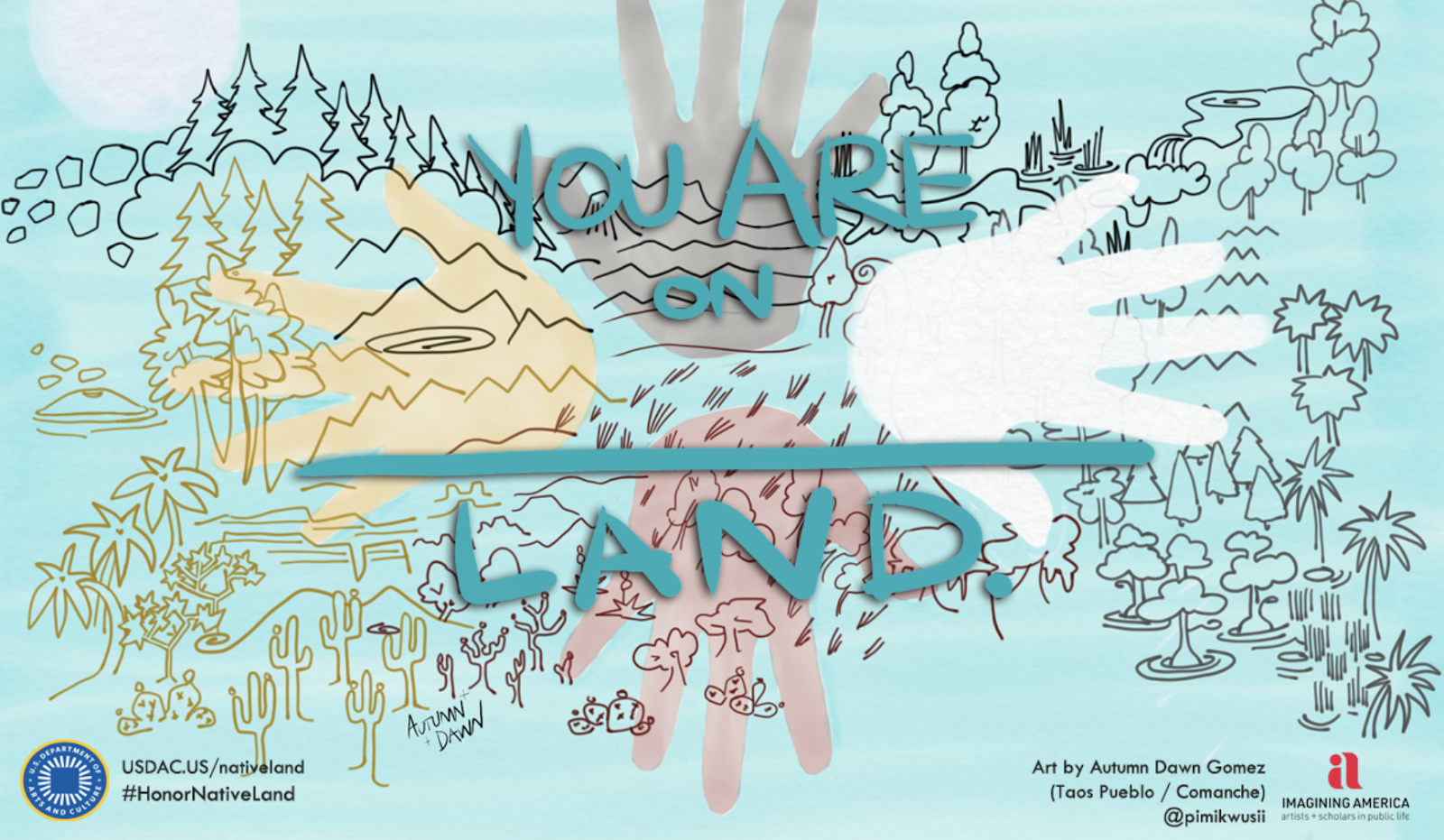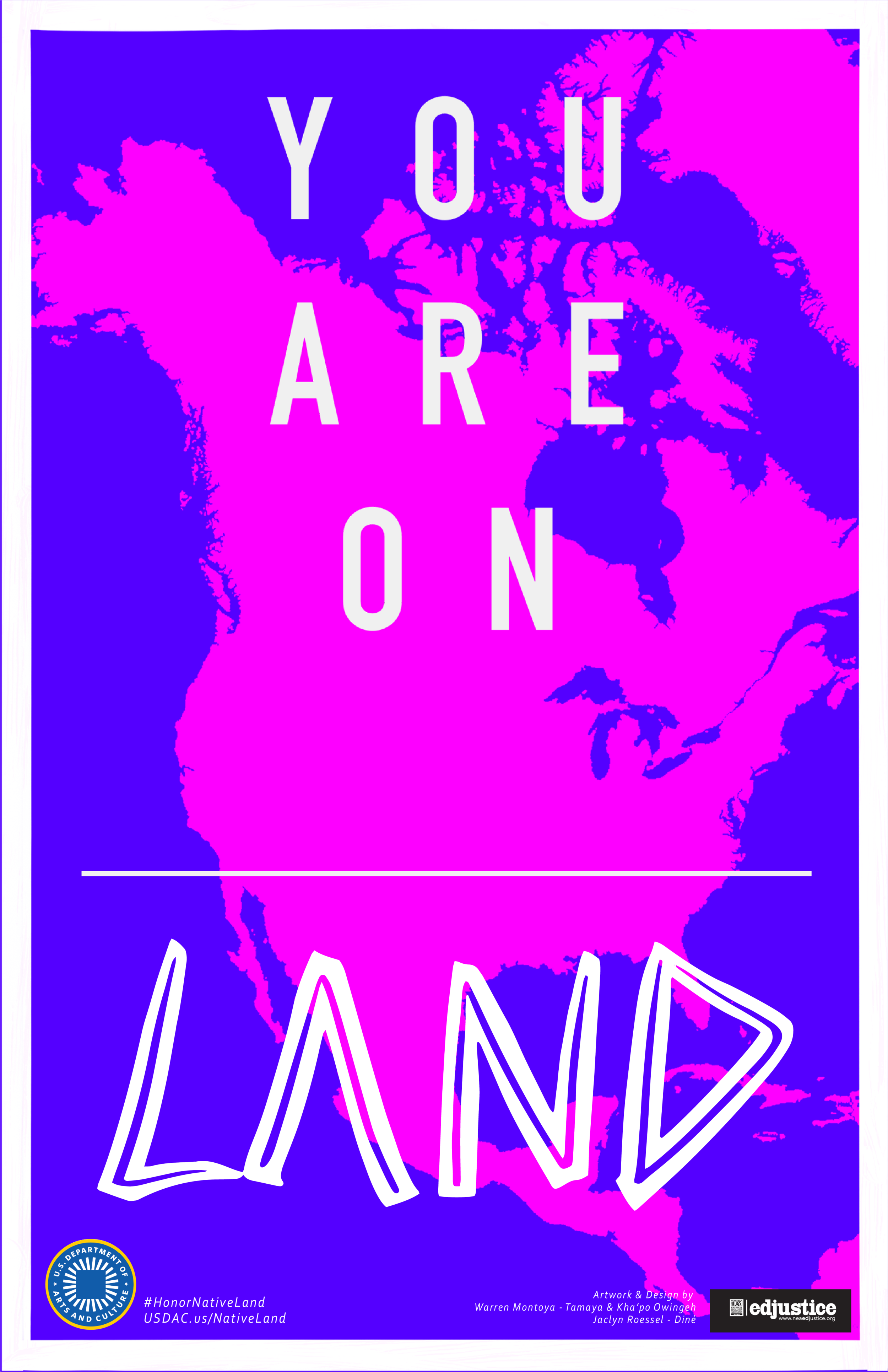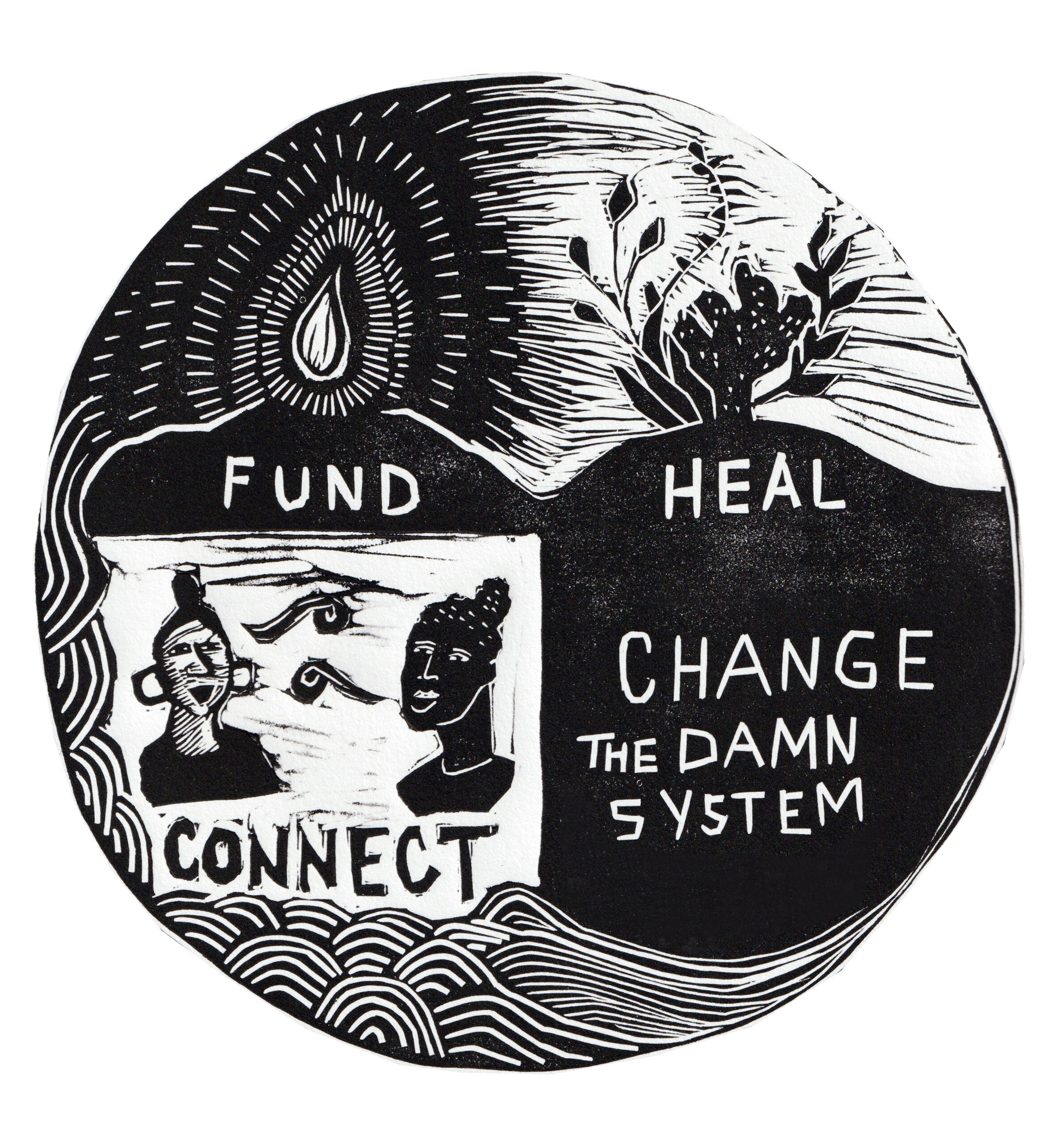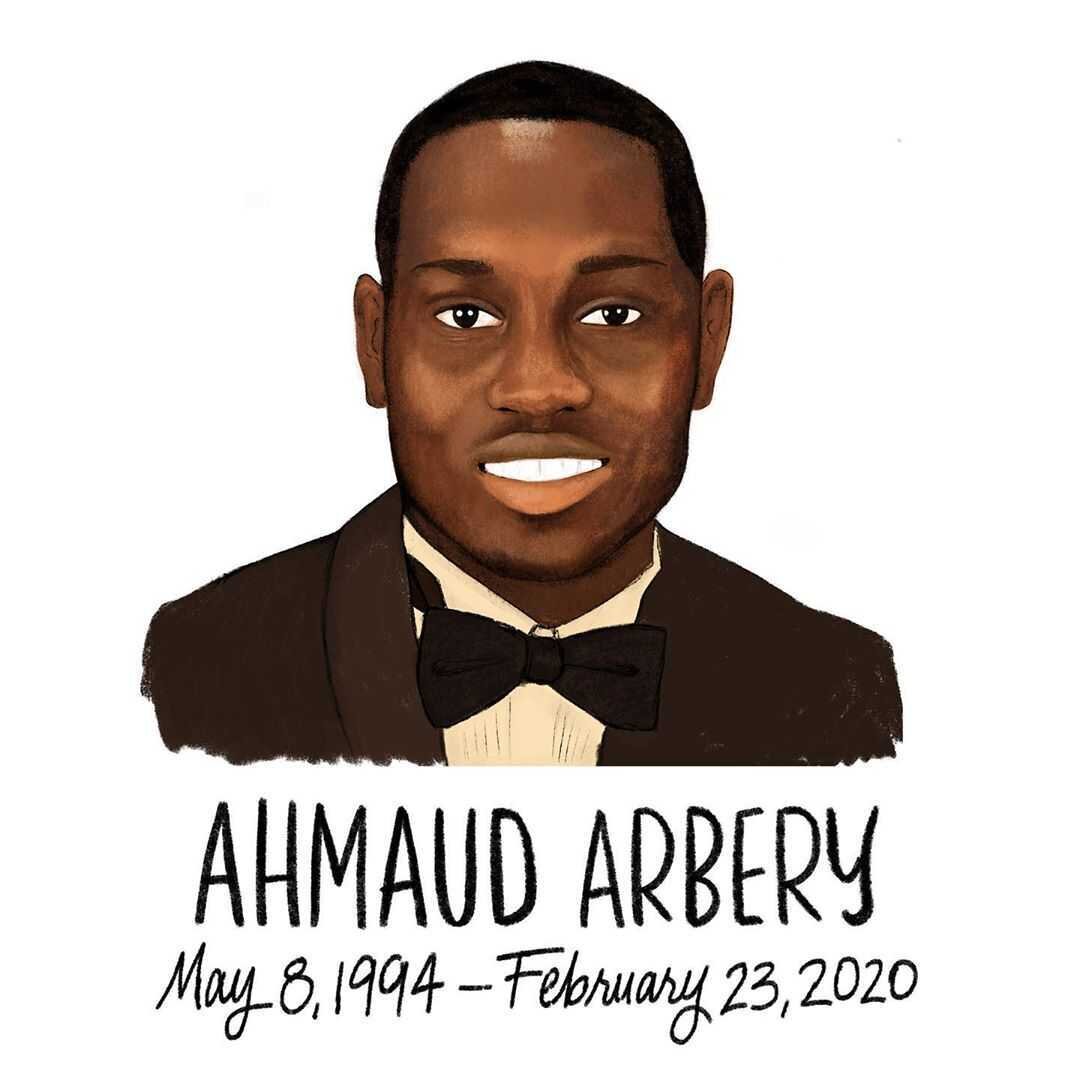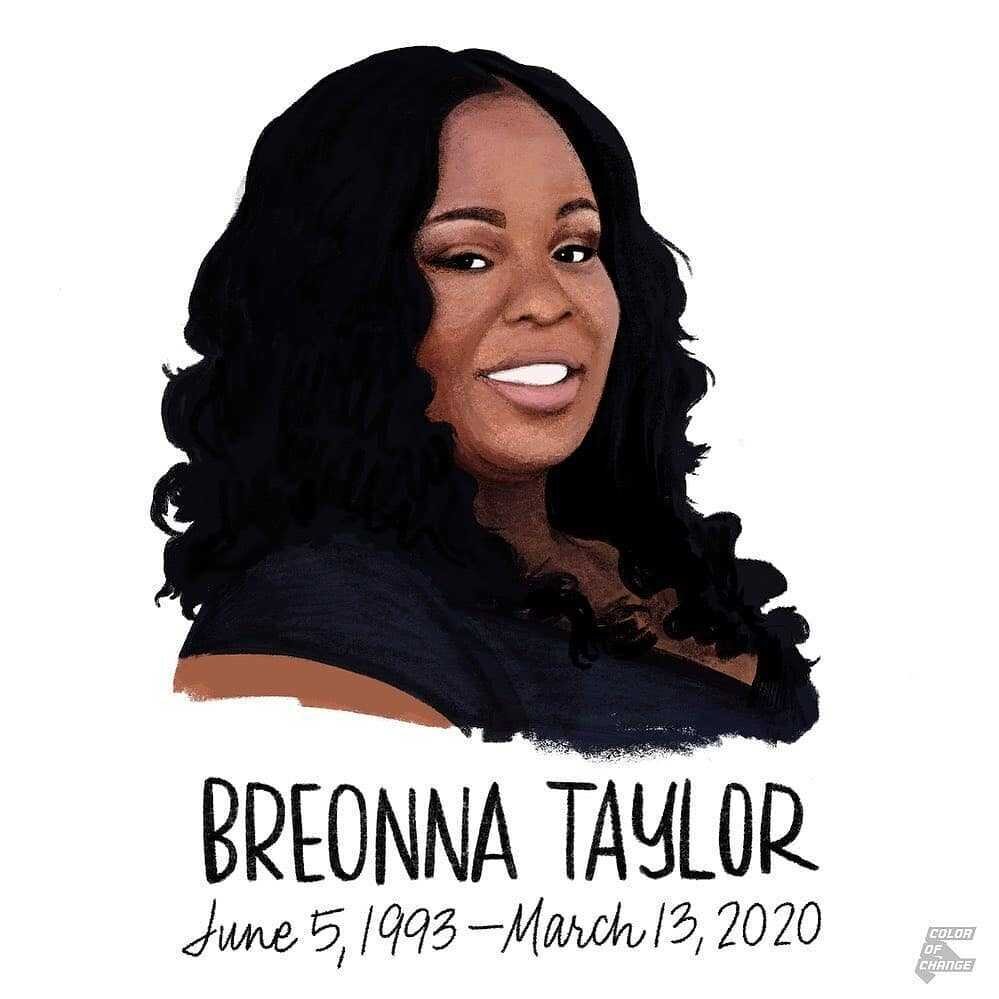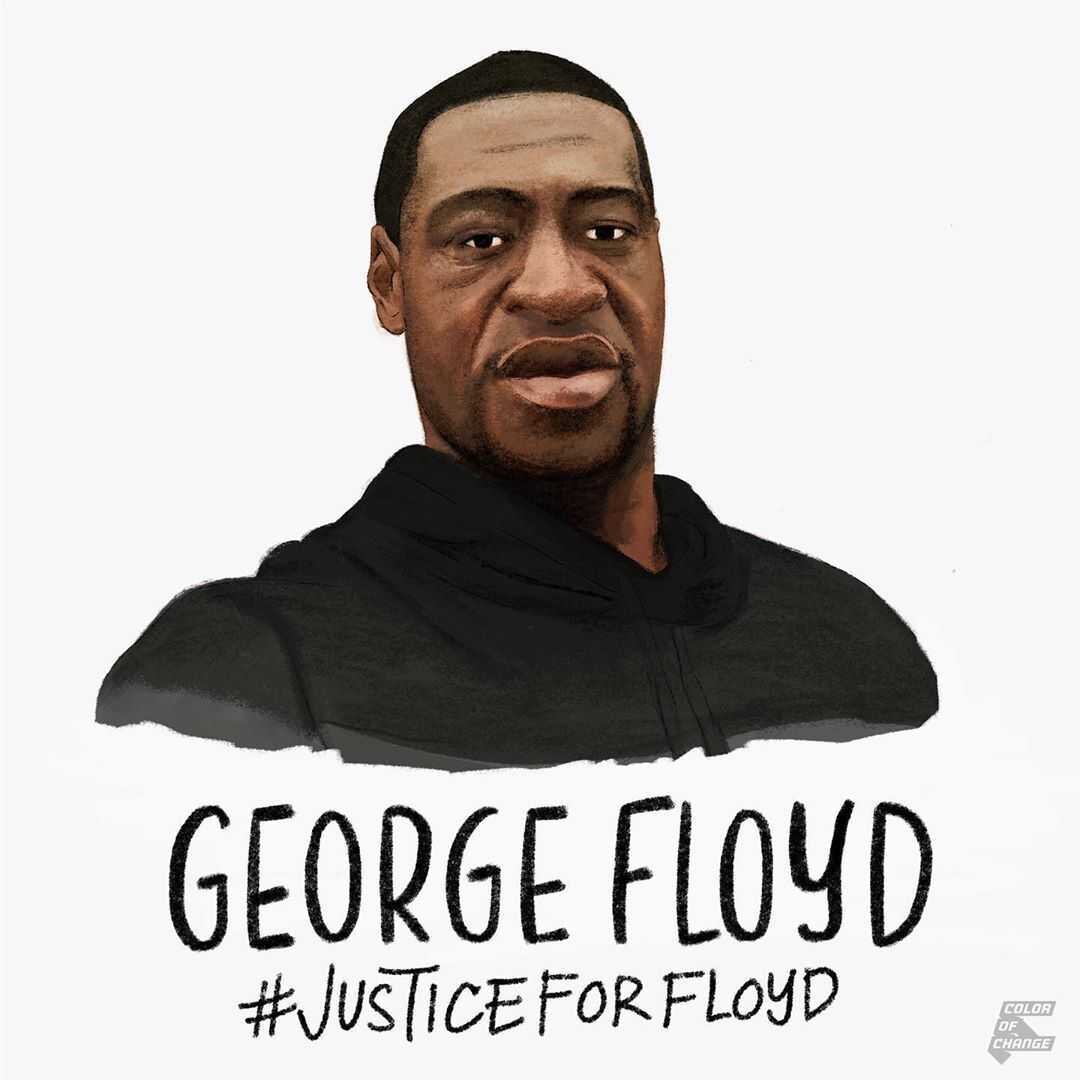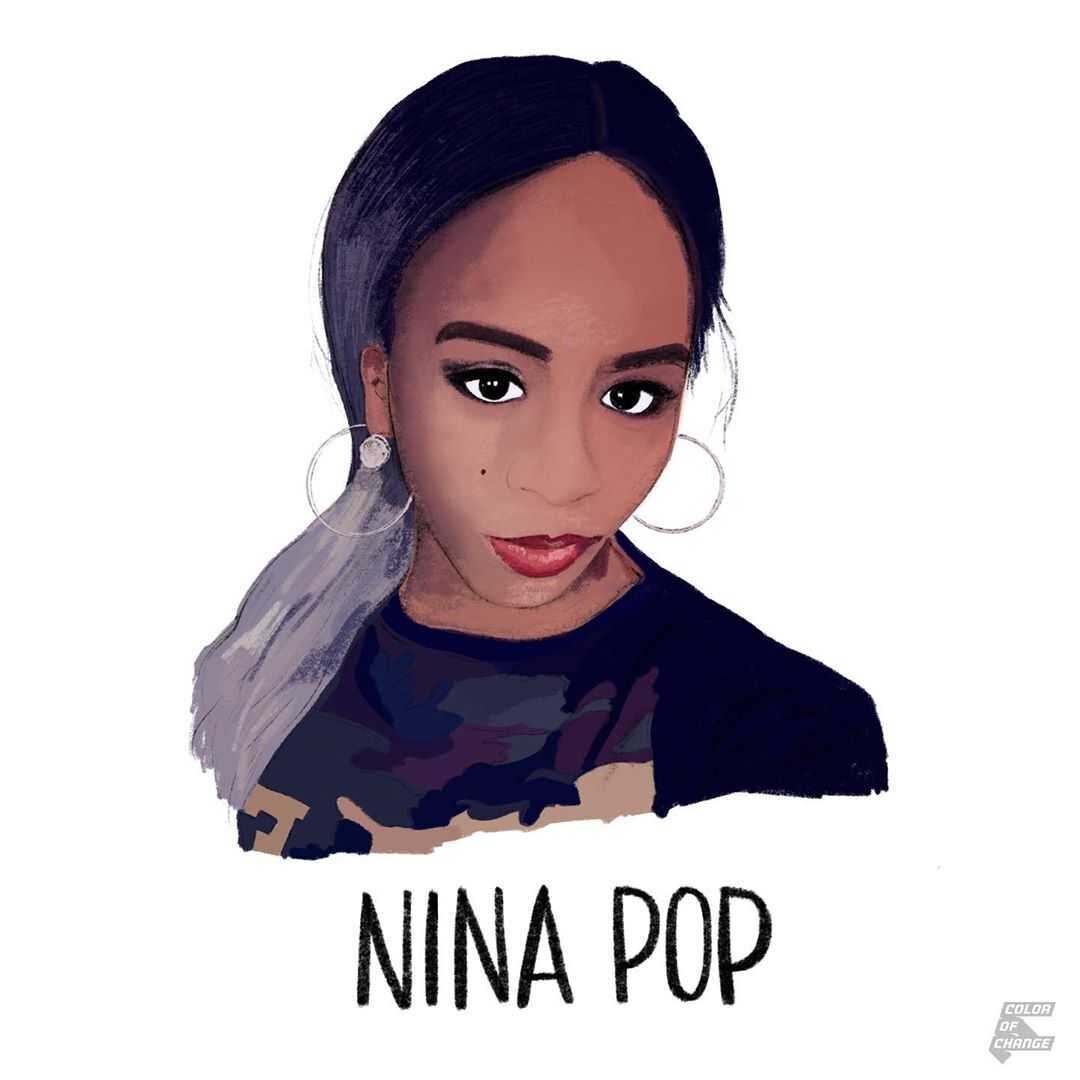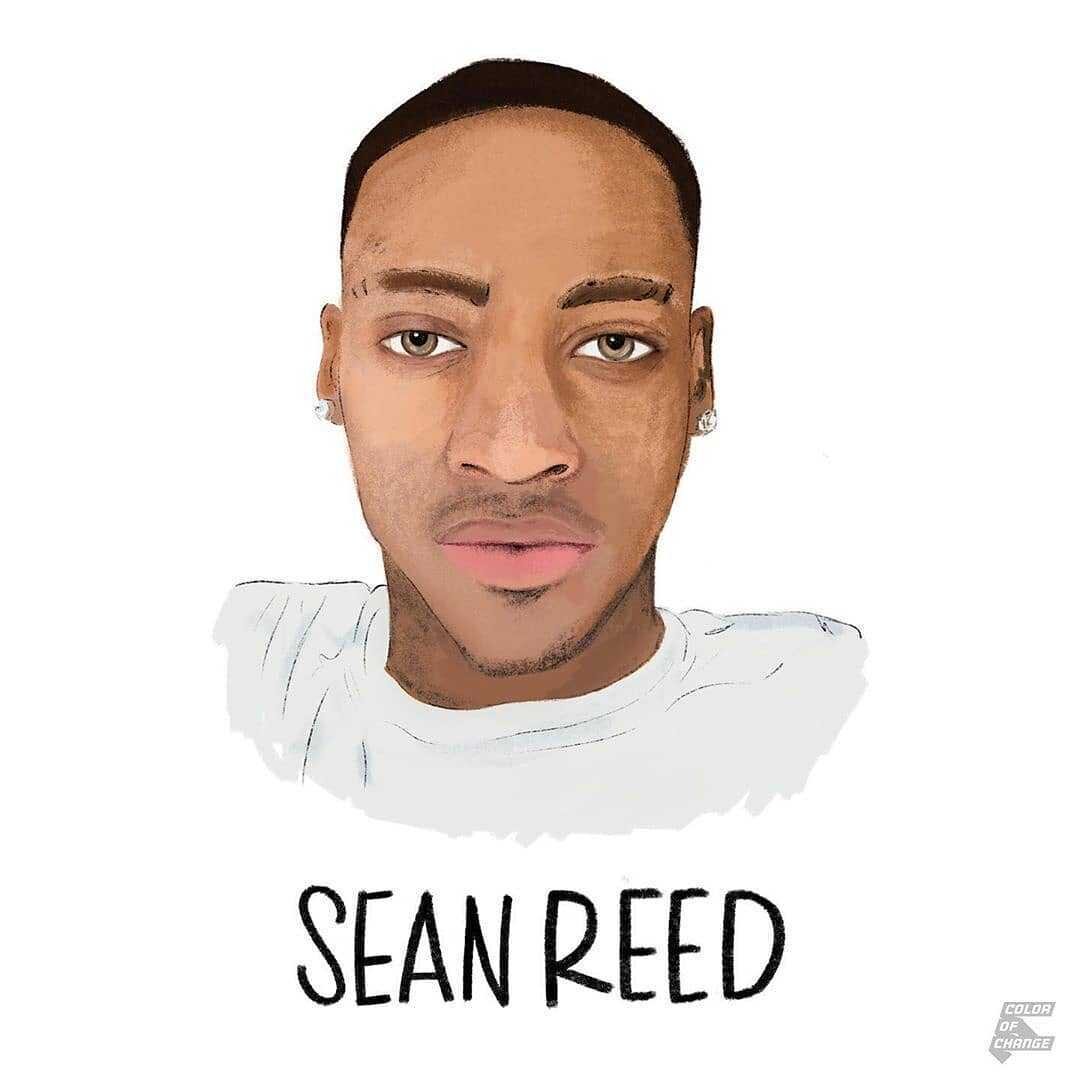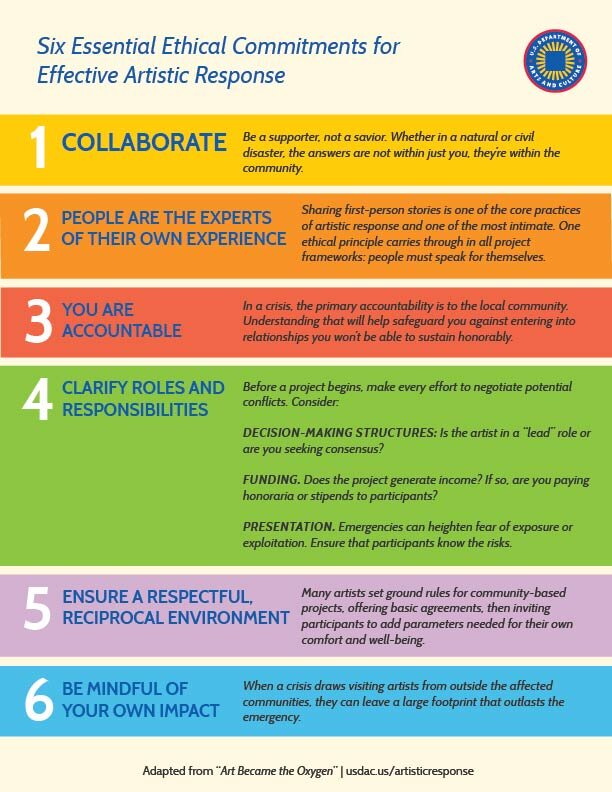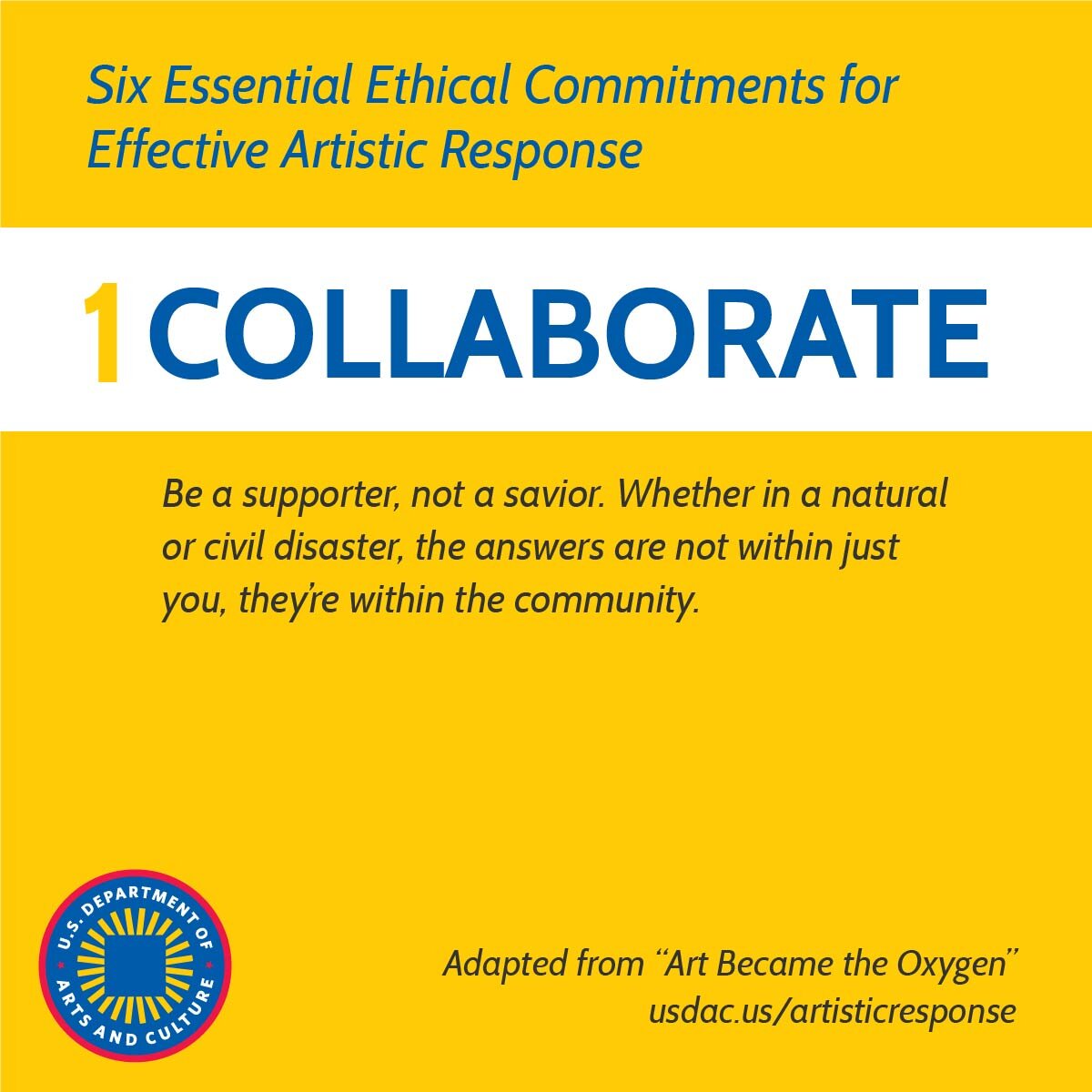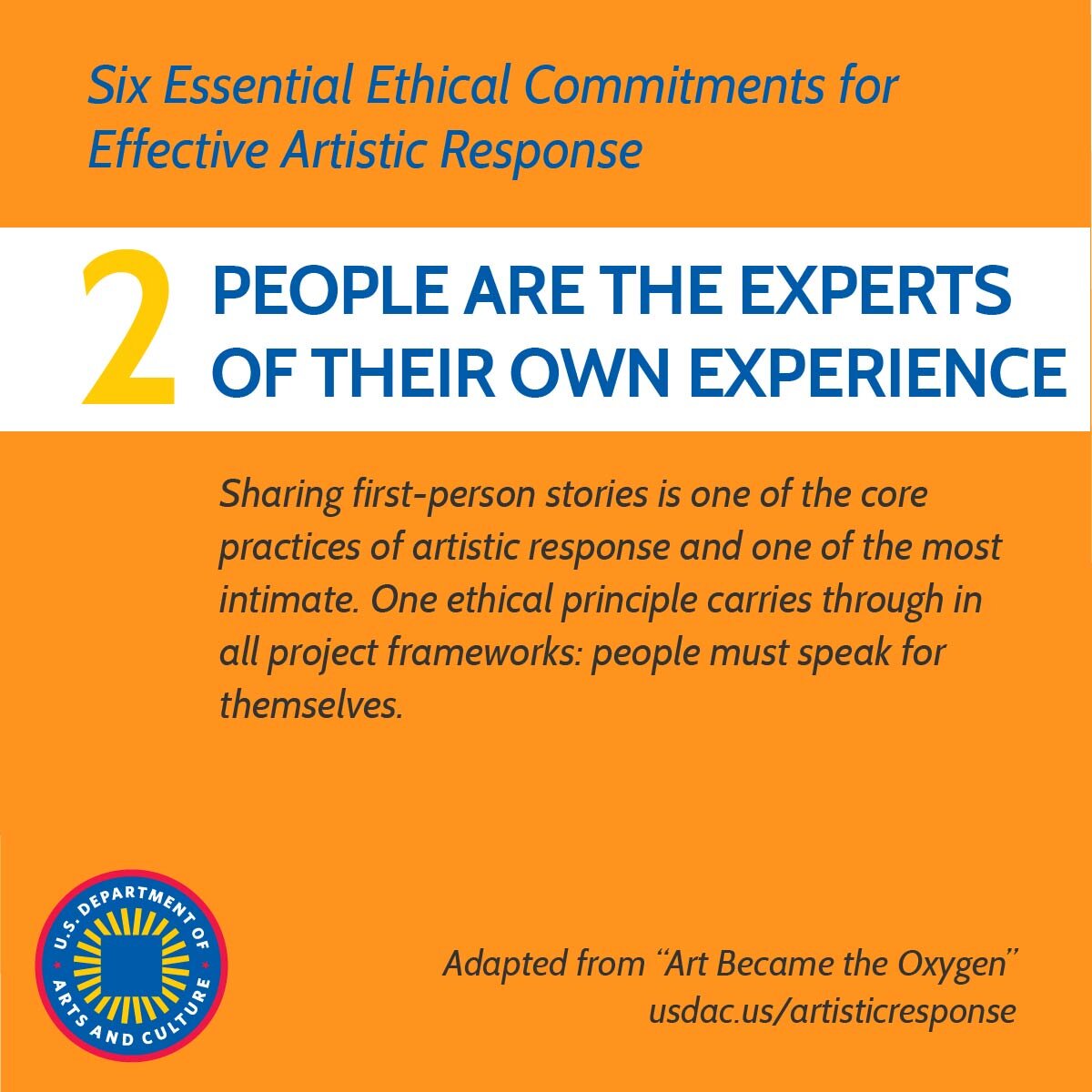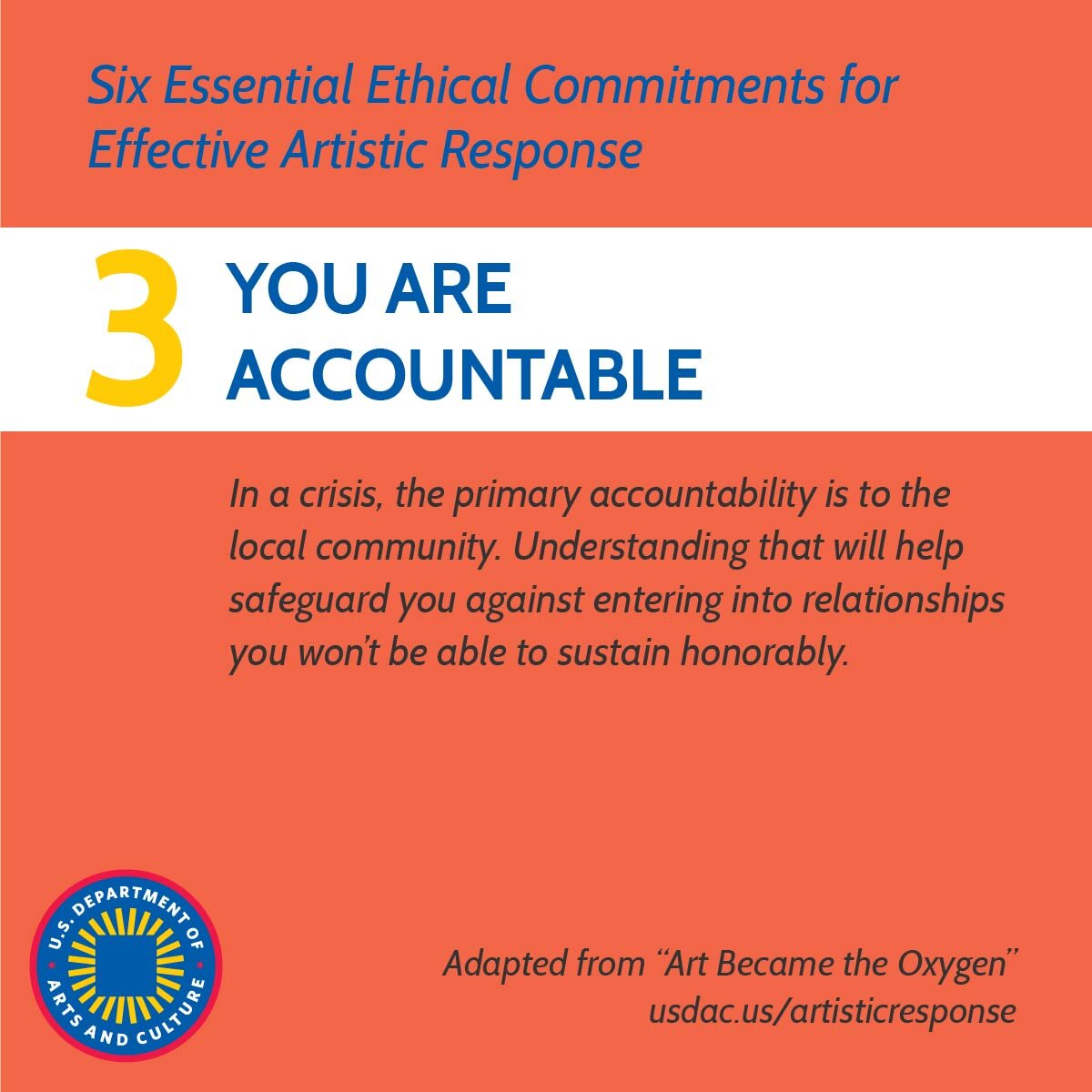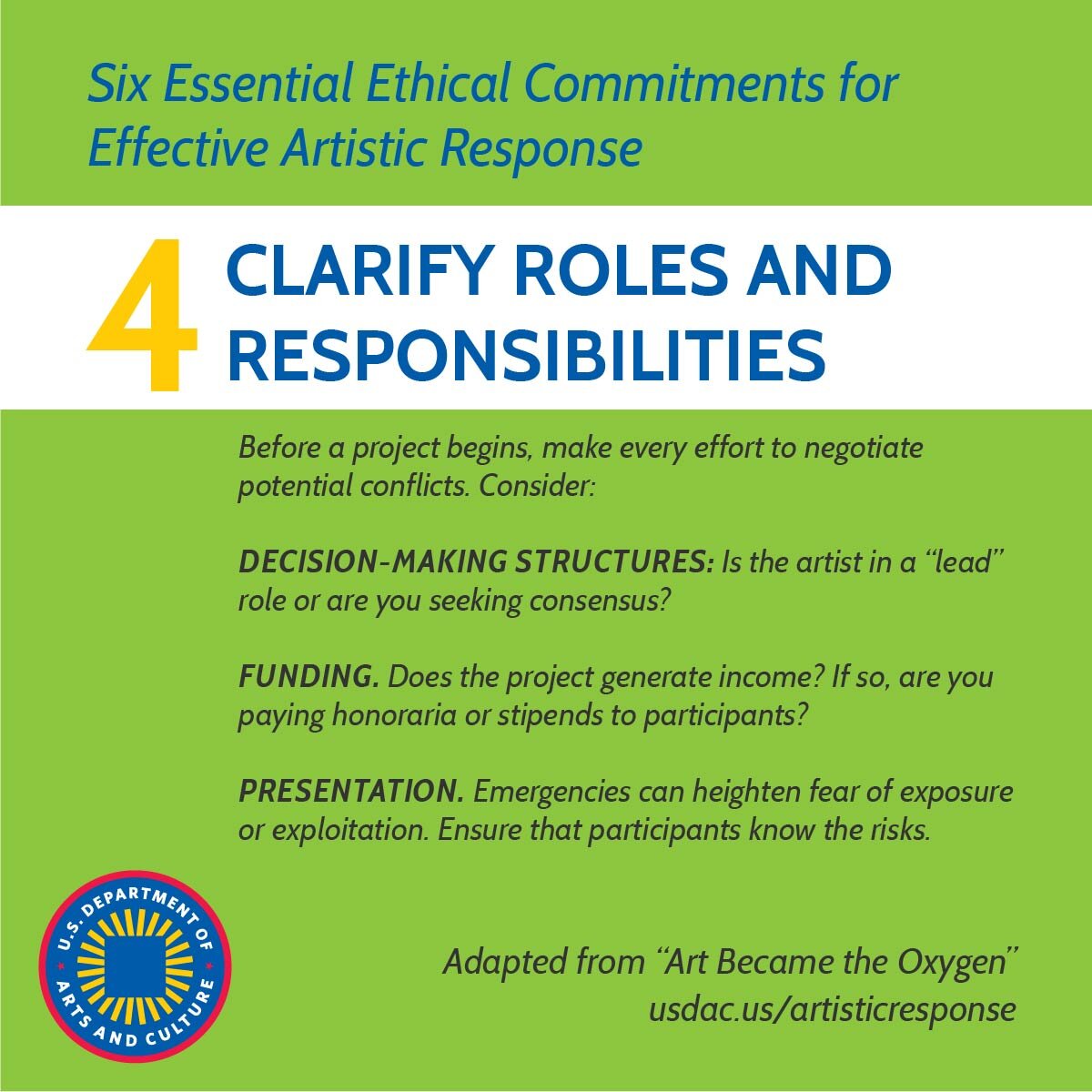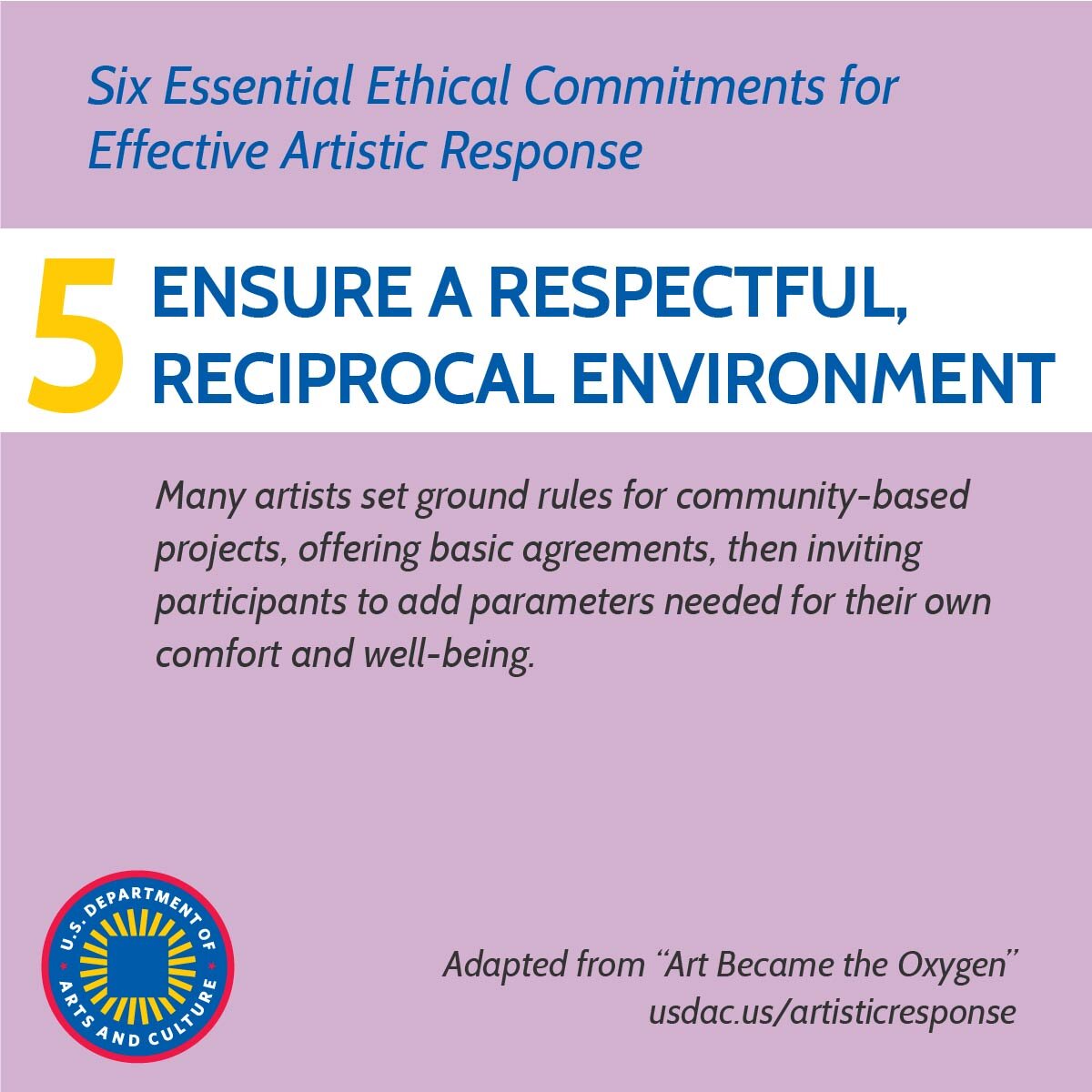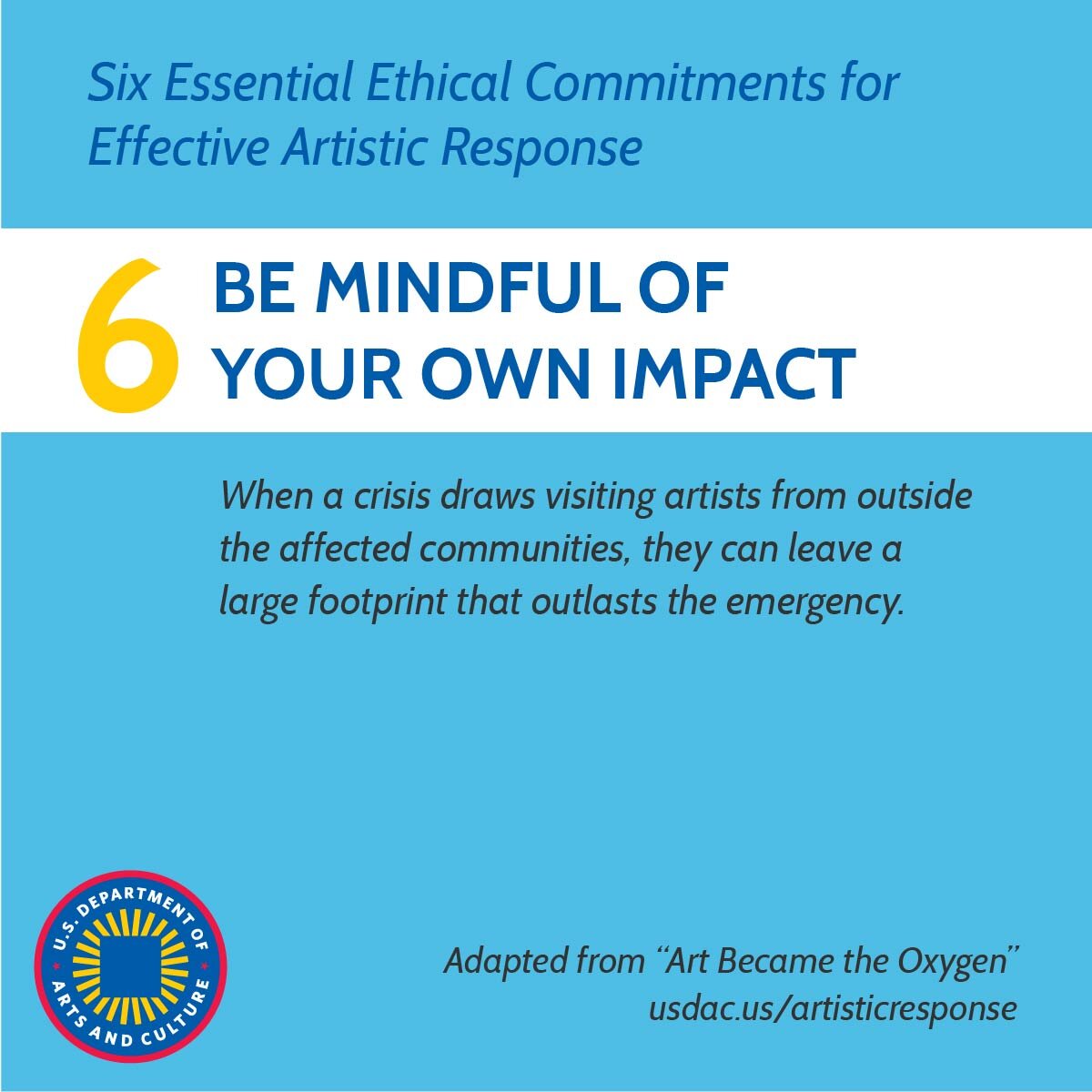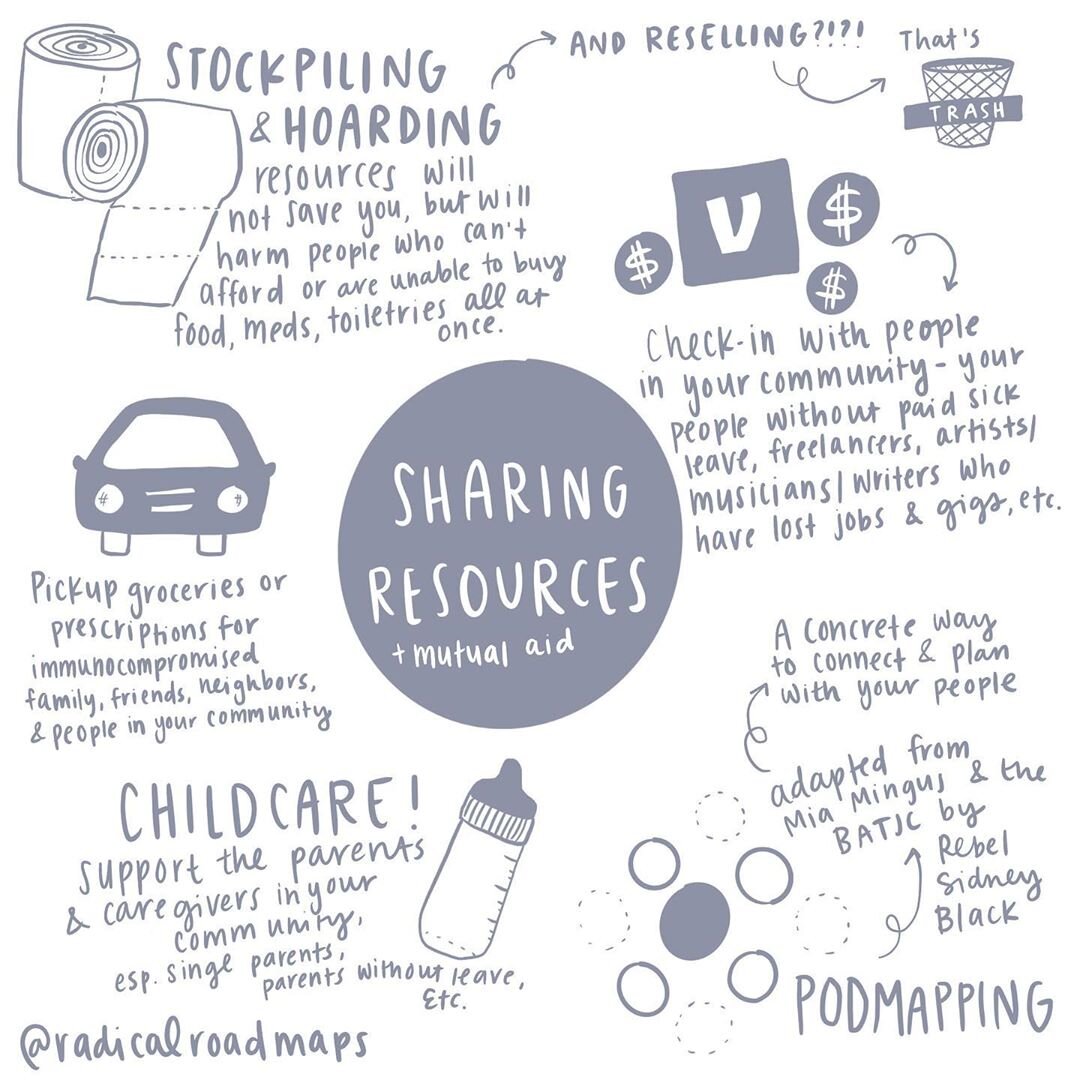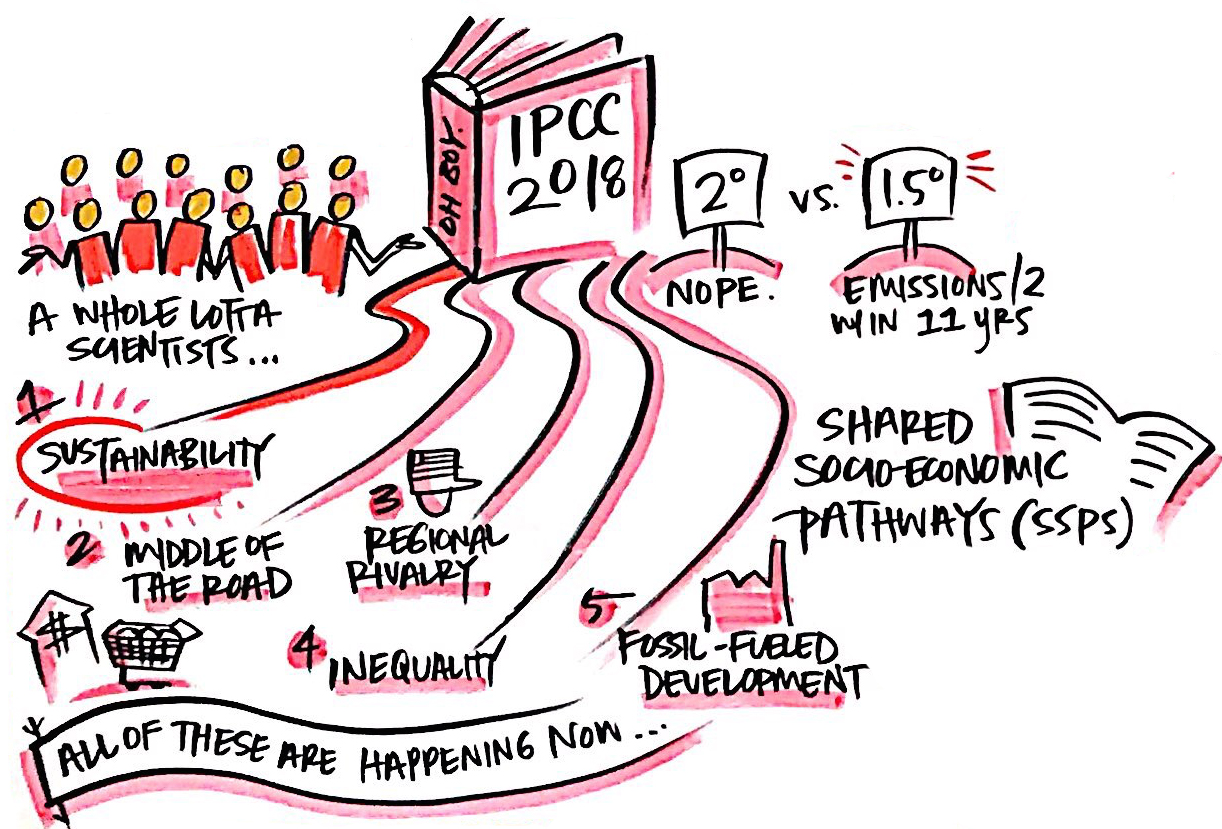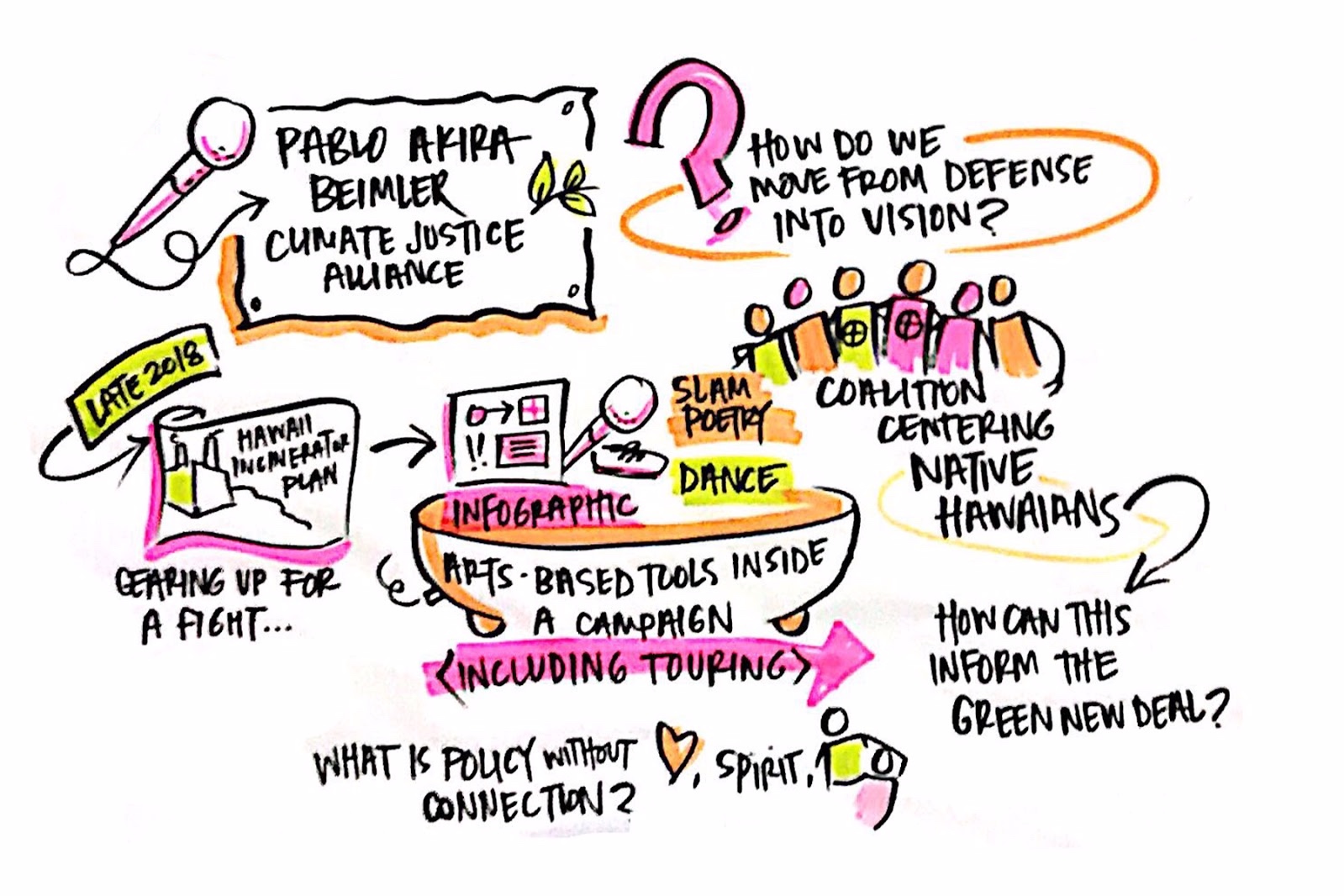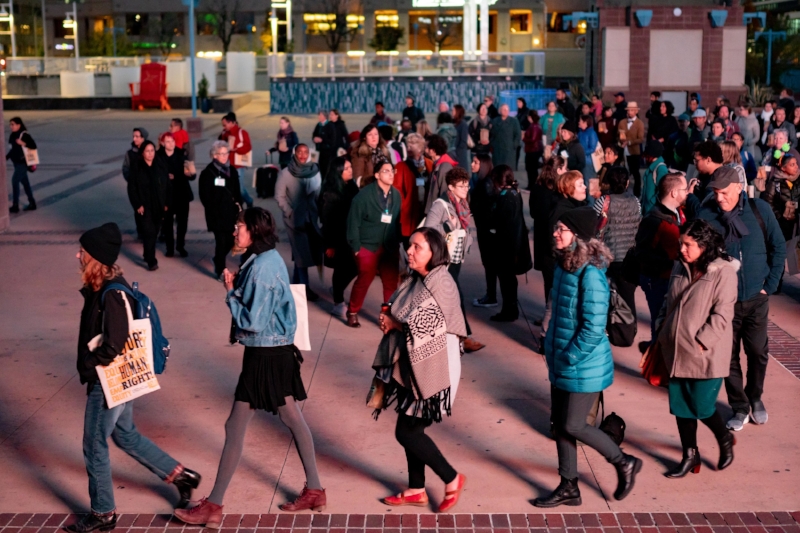A year ago, the USDAC team gathered for a strategic planning retreat. Over the course of several days we wrestled with deep questions, shared food and laughter, and walked away with a fresh mission and vision for our collective work.
We are so excited to share our reflections from that retreat– and the months that followed– in the form of our new strategic plan! You will recognize many themes from the first ten years of our programming, and you’ll also see that we are stretching our legs into new areas and sharpening our focus.
OUR NEW VISION STATEMENT
The U.S. Department of Arts and Culture contributes to the strength and vibrancy of the movement for collective liberation by resourcing and mobilizing cultural organizers and artists.
As a people-led and people-centered arts and culture department, we merge organizing, political education, and performance to create a vibrant ecosystem that activates and harnesses spaces ripe for social, cultural and political change.
CENTERING ARTISTS IN OUR MOVEMENTS
We believe that artists and cultural organizers play a critical role in the movement for liberatory change. It is our belief that the movement for liberatory change will be more potent, powerful, and joyful when artists and cultural organizers are connected to and working in deep collaboration with movement organizations of all sizes and issue areas. We believe that by investing in artists and cultural organizers, we are contributing to a strong and vibrant movement ecosystem.
WHAT IS A CULTURAL ORGANIZER?
A cultural organizer utilizes a blend of strategic action and multidisciplinary creative practices to activate social change. They work to impact material change in people’s lives - politically, socially, ideologically and spiritually.
They are loyal to the connections they hold to people, community, land, and ancestry and see those connections as a strength. They actively center the people and communities who have been at the margins, while bridging themselves and others to a powerful vision of a liberated future.
STRATEGY AREAS
Our programs bridge the gaps between cultural organizers, artists, and social change movements through the following four strategies:
Political Education for Artists and Cultural Organizers:
We support and sustain a vibrant movement for liberatory change by investing in the leadership development and training of artist-activists and cultural workers.
Network Weaving:
We connect artists and cultural organizers to each other, and to movement organizations. Our programs create clear pathways for cultural organizers to connect, convene, and collaborate with each other and with movement organizations.
Policy Shift:
We aim to shift the material conditions that artists and cultural organizers are currently working within by using policy as a tool. We do this by advocating for policy changes that improve and expand access and resources for cultural organizers.
Play & Performance:
In the absence of a "real" federal department of Arts and Culture, we are “performing” the state, supporting the communities and work we'd want to see that agency support. We catalyze possibilities for new worlds, new systems, and new rituals through this play and performance.
Click for a link to the full strategic plan!
